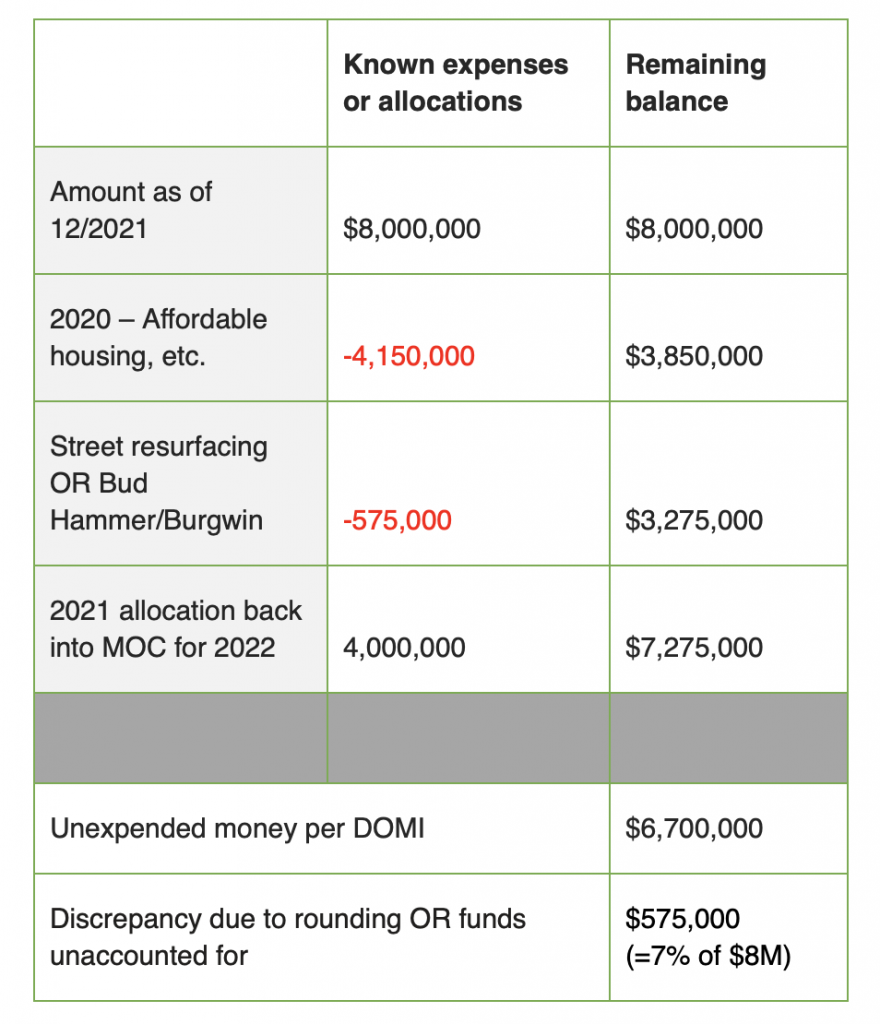On Oct. 24, about 60 Pittsburghers gathered at the Pittsburgh Firefighters Local in Hazelwood for a budget engagement meeting with city officials. It was the final meeting in a series of five throughout the city to get feedback on the preliminary budget Mayor Gainey’s office is proposing for next year.
Budget basics and a high-tech twist
Patrick Cornell, chief financial officer of Pittsburgh’s Office of Management & Budget (OMB), presented the city’s process for creating budgets and finalizing them with community feedback throughout the year.
Mr. Cornell also explained the difference between operating and capital budgets and went over broad highlights of the real 2024 budget. These included increased funds for keeping bridges and roads safe and maintaining community assets like rec centers.
He invited attendees to try creating an imaginary $1 million budget using a budget simulator. A separate feedback tool on the city’s website, Balancing Act, lets users submit their ideal capital and operating budgets.
When asked if the city has a process to use feedback from the budget simulators, Mr. Cornell said he introduced them as a pilot program this year so there is no formal process yet, explaining they would need to create a citywide campaign and leave the simulators open for longer.
Residents share their priorities
In the second half of the meeting, attendees circulated around the room, talking to representatives from city departments.
The Greenfielders we interviewed all named traffic calming on Greenfield Avenue as an urgent priority. The budget includes a 44% increase in funding for traffic calming projects, but Greenfield Avenue was not selected.
“We have no school zone,” Eric Russell said. “The cars on Greenfield Avenue go extremely fast. That’s where the Rec Center is, the playground.”
“You go to Squirrel Hill or Shadyside; I’ve seen so much traffic calming there, but nothing in Greenfield,” he added.
Anna Dekleva, organizer of a recent protest demanding traffic calming on Greenfield Avenue, wrote in an Oct. 25 text that department representatives did not provide a lot of specific guidance.
DOMI’s representatives seemed unaware of a petition for traffic calming the Greenfield School PTO and Greenfield Community Association submitted to them over a month ago, she said.
“[District 5 Councilmember] Barb Warwick is a tremendous ally and committed to this concern and through her partnership I see the most capacity to change on this issue now,” Ms. Dekleva added.
Other attendees’ priorities revolved around people, housing and green spaces.
Saundra Cole-McKamey of Hazelwood said her top priorities are “more funding for youth and senior programs, more money for low-income housing, more money for the food justice fund and grassroots organizations.”
Teaira Collins of the Hill District emphasized fixing the crosswalk signs on Second Avenue and affordable housing built to suit children with disabilities. “I had to move out of Hazelwood for one reason: no tub. My son has Down syndrome and sensory issues; he can’t take showers.”
Jazmyn Rudolph of Mt. Washington said, “There are a lot of vacant lots, so it
would be great if we could use those for youth to learn about farming.”
“I want them to build a playground down below the tracks,” commented Hazelwood resident Bob White. “There used to be one on Blair Street that was there when I was a kid.”
You can find the preliminary budget and simulator tools at https://engage.pittsburghpa.gov/2024-city-pittsburgh-budgets.
Juliet Martinez co-wrote this article, which originally appeared in The Homepage.






Recent Comments